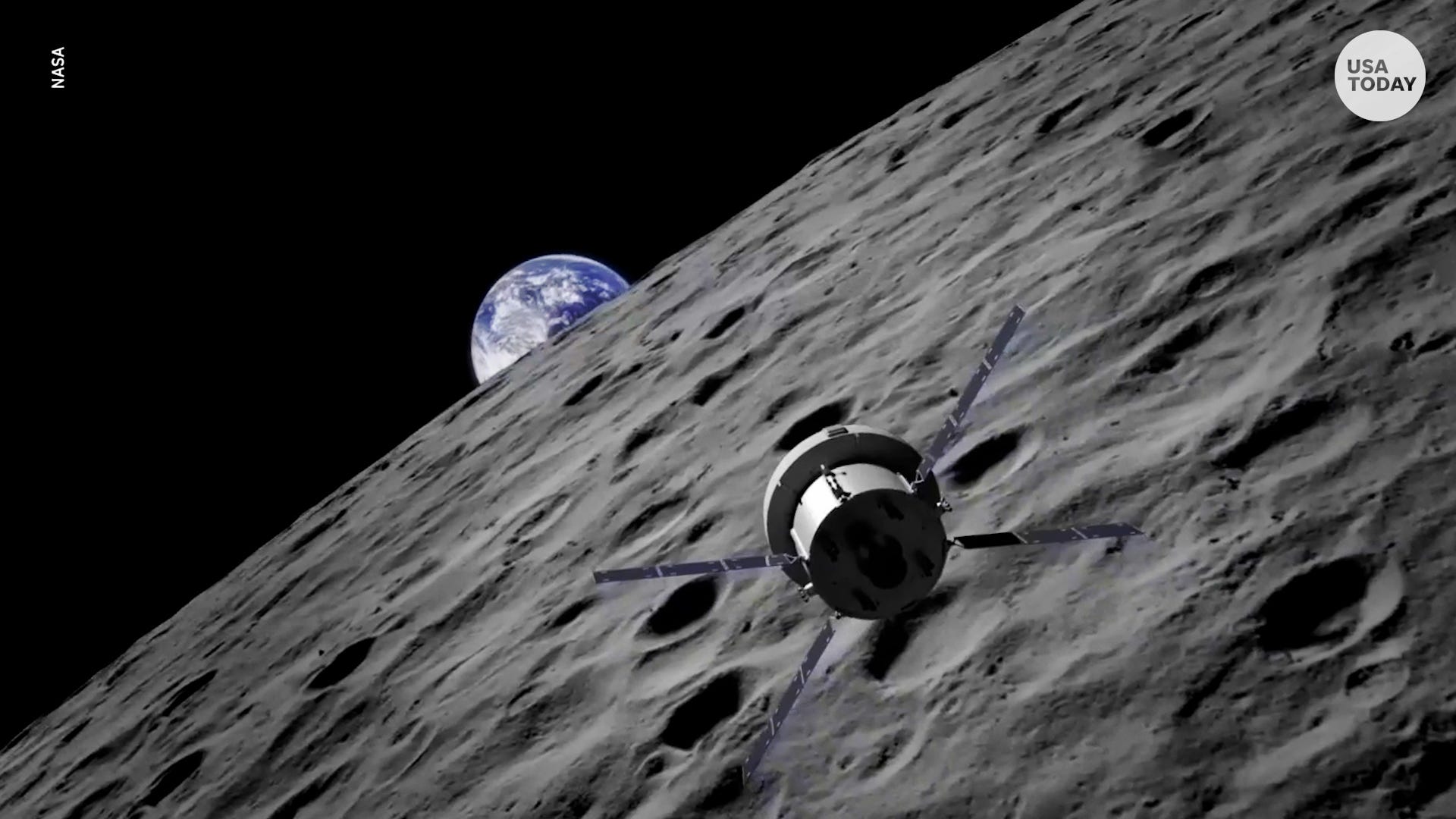Hubble telescope finds most distant star ever, giving glimpse into early stages of universe

- It took 12.9 billion years for light from the star, Earendel, to reach Earth.
- The most distant star was found thanks to a rare alignment in cluster galaxies.
- The star is over 50 times bigger and millions of times brighter than the sun.
Astronomers using NASA’s Hubble Space Telescope say they have found the most distant star ever recorded, a giant celestial body that was around when the universe was in the early stages of its existence.
Light from the star, named Earendel, which means "morning star" in Old English, took 12.9 billion years to reach Earth. In 2013, NASA estimated the universe was an estimated 13.8 billion years old, meaning Earendel was born about 900 million years after the big bang. The stars findings were published Wednesday in the journal Nature.
“We almost didn’t believe it at first," Brian Welch, astronomer at Johns Hopkins University and lead author of the study, said in a statement. “Earendel existed so long ago that it may not have had all the same raw materials as the stars around us today."
The previous record for the most distant star ever recorded was the blue star Icarus, which was discovered in 2018. Its light takes about 4 billion years to reach Earth.
Though 12.9 billion years is an almost incomprehensible age, Earendel isn't the oldest star ever spotted. In 2013, Hubble discovered Methuselah, which confused astronomers because it's estimated to be older than the universe at 14.5 billion years old.
The universe was vastly different from 12.9 billion years ago to now.
“When the light that we see from Earendel was emitted, the universe was less than a billion years old; only 6% of its current age. At that time it was 4 billion light-years away from the proto-Milky Way, but during the almost 13 billion years it took the light to reach us, the universe has expanded so that it is now a staggering 28 billion light-years away," Victoria Strait, postdoctoral researcher at the Cosmic Dawn Center in Copenhagen and co-author of the study, said in a statement.
New advancements: How the Webb Telescope will build on Hubble's observations of the universe
What lies beyond our solar system?: Over 5,000 planets including 'super-Earths,' NASA says
Bigger, brighter than our sun
Researchers noted in the study that Earendel is "consistent with a star of mass greater than 50 times the mass of the sun" and is millions of times brighter than our solar system's center.
But it wouldn't have been found had the stars not aligned, literally.
Between Earth and Earendel exists a cluster of galaxies named WHL0137-08. That seems as though it would prevent the Hubble from seeing the star, but Albert Einstein's theory of relativity suggests objects' mass will warp space and act as a sort of magnifying glass for celestial bodies beyond it.
Astronomers said the cluster was in a "rare alignment" that allowed Earendel to appear brighter than it would have at other times, magnified a thousandfold. It was discovered at the edge of a ripple in space that resulted in the alignment.
Now that astronomers are aware of the star's existence, they hope to learn what type of star it is and more of its properties using the James Webb Space Telescope that launched on Christmas Day. The $10 billion telescope is 1 million miles from Earth.
The telescope's high sensitivity to infrared light could help astronomers understand more about Earendel and offer a glimpse of what the universe was like as it began to expand.
"As we peer into the cosmos, we also look back in time, so these extreme high-resolution observations allow us to understand the building blocks of some of the very first galaxies," Strait said.
Welch hopes the telescope will detect stars that could be even more distant than Earendel.
"We may see stars even farther than Earendel, which would be incredibly exciting," he said. "We’ll go as far back as we can. I would love to see Webb break Earendel’s distance record."
Follow Jordan Mendoza on Twitter: @jordan_mendoza5.